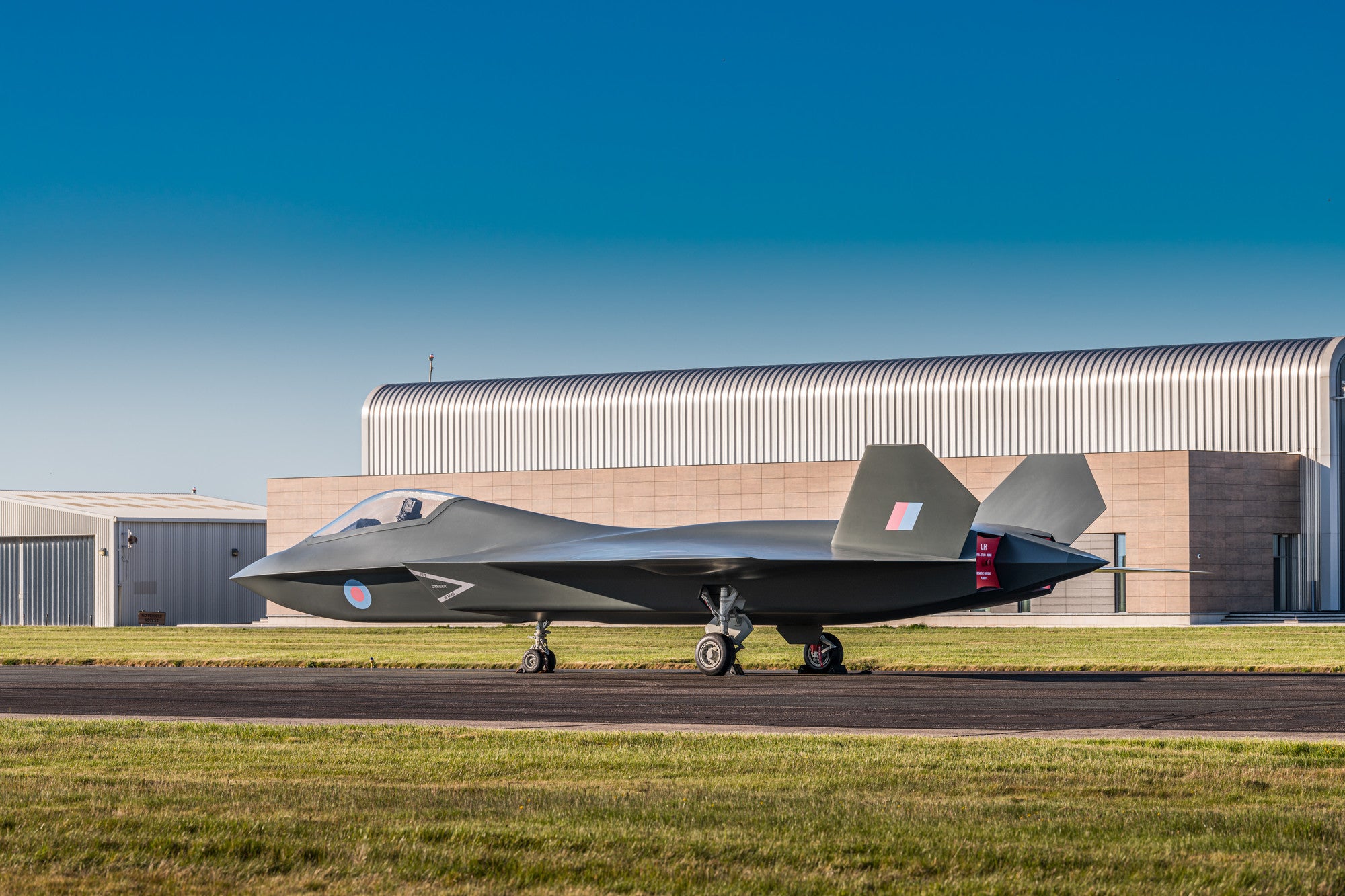
The fighter jet industry is undergoing significant transformation as India and the UK get ready for a crucial two-day summit between UK Defence Minister and India's Rajnath Singh.
The January 8 visit might be a game-changer for their defence partnership, with the possibility of working together to develop the advanced Tempest fighter jet at the top of the agenda.
Before delving into India's prospective participation in the Tempest, it's important to consider the larger background.
Japan, Italy, and the United Kingdom have previously established a commitment to collaborative development under the Global Combat Air Programme (GCAP).
With teamwork, this enormous project seeks to develop the next generation of fighter aircraft, nicknamed "Tempest."
The formation of the GCAP International Government Organisation (GIGO) is a significant step towards making this vision a reality.
The GCAP has the ability to completely transform aerial warfare thanks to the combined knowledge and resources of three of the world's top aerospace nations.
The seeds of cooperation were seeded back in 2019 when the Indian Air Force received an invitation to participate in the Tempest co-development project from a UK group that included representatives from BAE Systems.
India's software development skills are well-known, and Nik Khanna, the head of BAE Systems India, expressed the company's wish to collaborate with them.
Even though India turned down the offer at first, the conversation never really ended.
With Rolls-Royce's alluring engine proposal and Singh's impending visit, the UK seems more committed than ever to getting India to sign up for the Tempest programme.
According to sources, software development for the Tempest fighter jet may be India's possible area of contribution.
Should this partnership come to be, it would represent a huge advancement for both countries, enhancing their defence relations and demonstrating their combined technological might.
Despite its enormous potential, integrating India into the GCAP and Tempest initiative presents certain hurdles. Careful negotiation and handling are required for matters like as technology transfer, intellectual property rights, and work-share agreements.
Furthermore, it will take a great deal of coordination and trust to ensure seamless collaboration across three distinctive nations with various working styles and goals.
Nonetheless, the prospective benefits are apparent.
The joint development of a sixth-generation fighter jet strengthens India's airpower and establishes it as a prominent player in the global aerospace industry.
Securing India's involvement benefits the UK by broadening their market reach and fortifying their standing in the GCAP coalition.
With Rajnath Singh's visit on the horizon, the air crackles with excitement for a potential game changer in the world of fighter jets.
It remains to be seen if India chooses to ride the Tempest into the future, but one thing is clear: the January negotiations may be a turning point in the defence relationship between India and the UK.
